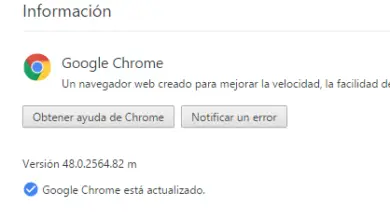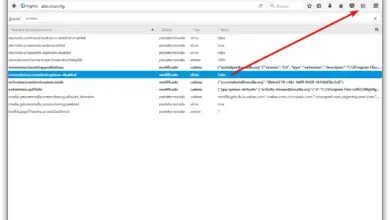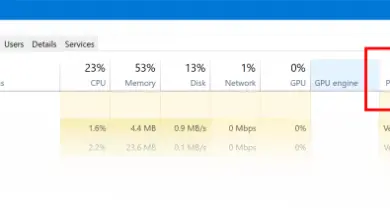UEFI and BIOS. Differences between the two motherboard systems
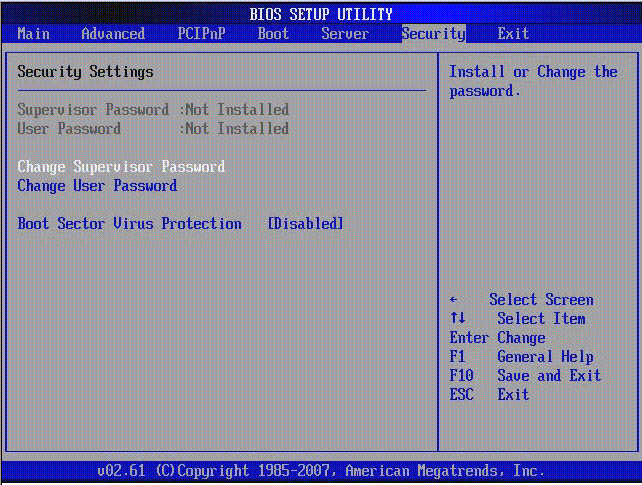
BIOS and UEFI are the basic input and output systems of a computer. These small systems are responsible for starting our computer's base firmware, which is included in a chip on the motherboard, and commissioning the hardware so that after the first few seconds of powering up it can start loading our operating system. However, although the purpose of the two elements is broadly the same, they are very different systems, as we will explain below.
What is BIOS and what are its main features
Traditionally, since 1975, motherboards brought a chip with the BIOS ( Basic Input/Output System ), it is the first program that is executed when we start the computer. Over the years, this system has become more and more complete, allowing us to store all kinds of configurations there, from the order of boot disks (which was previously established by the cables themselves) to configuring the behavior of the hardware. , power options and even overclocking (which had to be configured before by bridging the jumpers on the board).

When for his POST computer, in addition to verifying that it has all the peripherals necessary to start up and that the memory and the hardware are in good condition, the hard disk or the peripheral which has the operating system is loaded in memory ( depending on how we configured it) and so, once the POST is done, we'll go from there.
The BIOS was starting to fail. A new, more complete and secure system was needed for motherboards. This is how UEFI was born
Over the years, BIOS systems have begun to fail to meet all of the security measures of modern operating systems. We must keep in mind that the first BIOS were designed for DOS , so when you try to load a modern system like Windows 7 or Windows 8.1, there are many security measures necessary to be safe on the network cannot be activated.
Additionally, BIOS systems have other types of hardware limitations, such as, for example, that they can only boot from 2,1TB hard drives maximum (a quantity unthinkable in 1980 but common today) and, in addition, this Basic system loaded in 16 bits because it had to maintain full compatibility with older processors.
To access the BIOS settings, it is enough to press a specific key when starting the computer which will depend on the make and model of the motherboard, but which is usually, for example, Delete, F2 or F12.
This is how UEFI was born, the successor to the classic BIOS.
UEFI, current motherboard systems
In 2010, the new systems UEFI began to be used as standard . The main difference between this new system and the classic BIOS is that the code that is executed does so directly by 32 or 64 bits , leaving behind 16-bit code that was executed directly in previous BIOS systems.
UEFI systems are ready to work comfortably with today's new hardware and last for many years into the future. This type of system can boot from hard disks up to 9,4 ZettaBytes (over 10 million terabytes), a size 000 times larger than what we think the entire Internet can occupy today. In addition, this new system supports partition tables GPT, necessary to work with large hard drives.
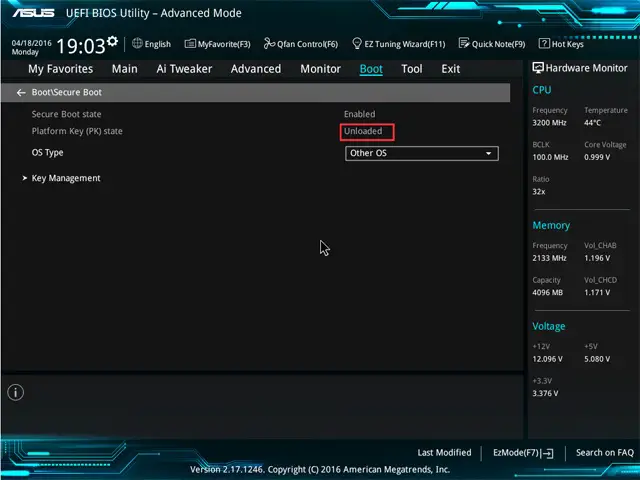
These systems also have new security measures that protect both users and all data stored on the hard drive. One of these security measures is what is called the secure boot , a configuration that only allows us to boot and install digitally signed operating systems to avoid infecting us with malware or that malware may run on the system before our operating system.
UEFI systems are much closer to being an operating system than just firmware
UEFI is not just a BIOS substitute , but it could even be considered a small operating system, as it can be controlled from the mouse and in some specific models it is even possible to run other applications on top of it, like like, by example, hardware diagnostic tools.
Finally, these systems are even capable of interact with the operating system , and we can update it from there using the manufacturer's tool and besides using the motherboard software we can even configure it, which is very useful, for example, to overclock without constantly having to restart to make small adjustments.
To enter UEFI from a computer, we can do it in different ways. If we do not have the protection and direct boot options enabled, we can enter it as if it were a BIOS, with the corresponding key during POST, however, if these options are enabled, for to enter it, we have to do it from the "Advanced restart" options of our operating system because, otherwise, since there is no POST, we will not be able to enter this mode.
How can I change my old BIOS to a new UEFI?
If we still have a system with a classic BIOS, we must know that it there is no way to switch to UEFI except to buy new hardware , because switching from one system to another is not like changing an operating system. Even if we download the latest firmware for our board, it will still be the BIOS and although it may correct errors and improve computer performance, we will not be able to enjoy the news of this new system. .
All the motherboards that we buy today will already have this new system, and the hardware that will be connected to it will already be ready to boot into those systems, so basically assembly and commissioning remains the same.
Normally, BIOS and UEFI are generally proprietary, closed source, although there are already free projects that allow us to install an OpenSource system on specific models of motherboards, such as the LibreBoot project.
Do you have a system with BIOS or with UEFI?

